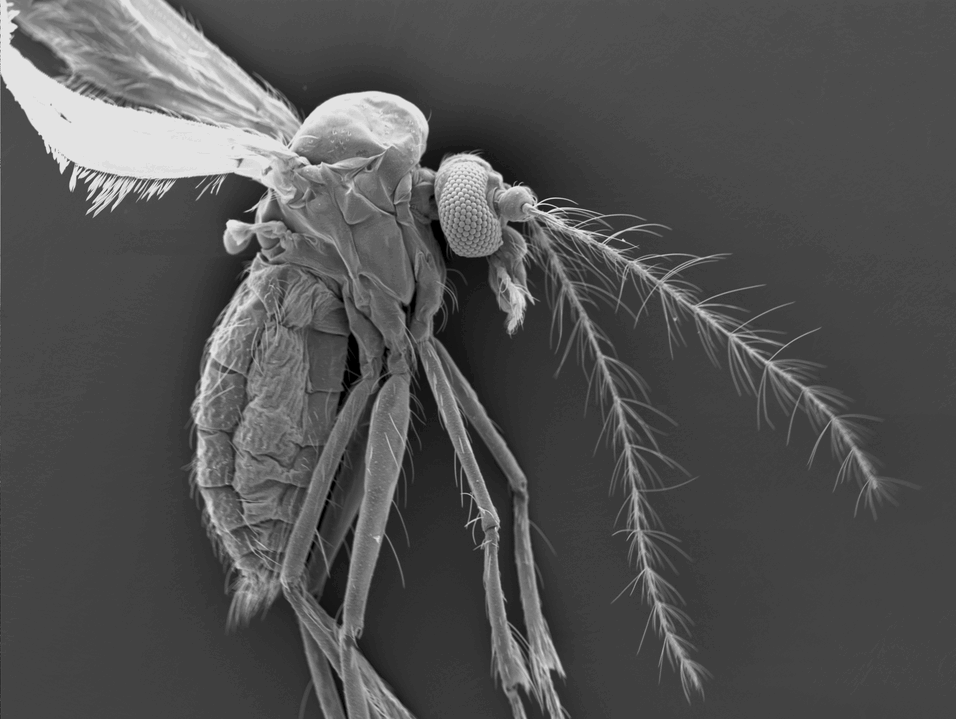Advisor: Harald Krenn
Master's Defensio
Friday, November 25th 2022, 12:00 am CET
SR 1.8, UBB
Djerassiplatz 1, 1030 Vienna
Abstract
Not all blood-sucking dipterans are flying pests, at least for humans. For example, the females of the family Corethrellidae exclusively feed on frogs for their blood meals. While the morphology of the feeding apparatus is well studied in those species that have big impacts on human health, like the mosquitoes, the frog-biting midges, which belong to the same infraorder as mosquitoes, Culicomorpha, received less attention from the scientific community. Especially the morphology of the blood-sucking proboscis of Corethrellidae has not been studied in detail with up-to-date imaging techniques. For this purpose, semi-thin sections of three species from genus Corethrella, C. ranapungens, C. amazonica and C. peruviana have been compared. A 3D-model of the proboscis of C. peruviana was reconstructed using the computer software AMIRA. The morphological analysis of the three species has been complemented using Scanning Electron Microscopy and Light Microscopy. The results were subsequently compared to species of the other blood-sucking dipteran families Culicidae, Simuliidae, Ceratopogonidae and Psychodidae to find similarities and differences in the morphology and function of the proboscis. The three Corethrella species show a very similar proboscis morphology, when compared to piercing sucking representatives of other dipteran families. They share the same components and principal morphology of the mouthparts that make up the proboscises. However, the Culicidae have much longer proboscises and the salivary duct and food canal show major differences to the other blood sucking Diptera. Sensilla on the labella and maxillary palps of the three species of Corethrella are described and their presumable function is compared to the results to other studies focusing on proboscis sensilla in other nematoceran flies. The present work also discusses the miniaturization of mouthparts and possible evolutionary constraints that may limit the size, like the structural solidity of piercing structures and dimensions of anuran blood cells.


